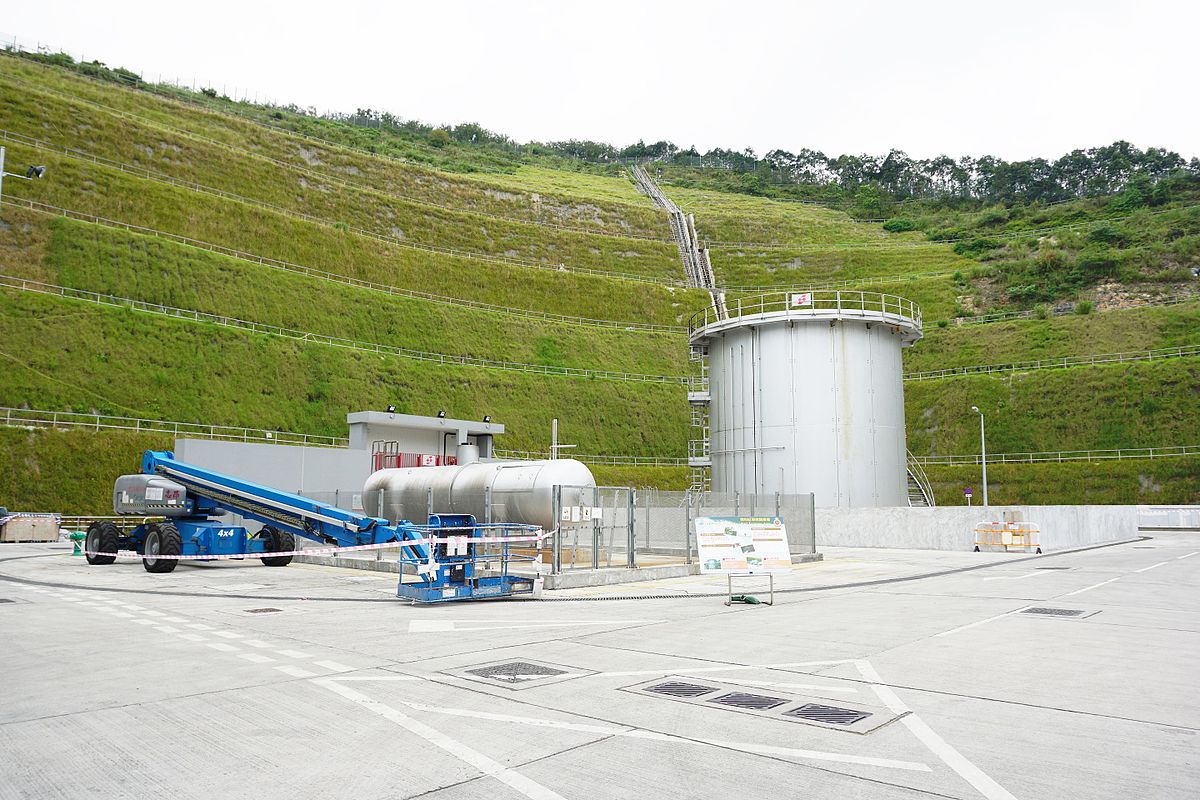
Heating oil tanks are found near a multitude of homes. These tanks have many components. People will request expert assistance, such as oil tank services Westchester County NY, to keep these components in mint condition. Check out this list of five important parts of an oil tank.
- Oil Gauge
An oil tank’s gauge measures the amount of oil available in the tank at any particular given time. It is vital that homeowners seek professional help to ascertain that their tank’s gauge is working since it lets them know when the tank is empty and needs refilling. Empty tanks usually have gauges that display the letter E or the number zero.
- Oil Tank
Oil tanks are designed to be long-lasting and can carry up to a thousand gallons of oil. There are different types of these tanks, including indoor, outdoor, and underground tanks. Steel and plastic are used to make oil tanks. Note that tanks can have varying forms of leakage protection, such as single-skinned, double-skinned, or integrally bunded containment. It is worth mentioning that weather and plant life can impact the state of an oil tank.
- Fill Pipe
Individuals are able to add oil to a tank through its fill pipe. These pipes usually come with a cap. The cap stops water from entering inside the tank. Water should not get into an oil tank because it leads to contamination, affecting the tank’s heating capabilities. Typically, fill pipes are less than a foot above the ground.
- Vent Pipe
A vent pipe is a critical part of a tank’s anatomy. An oil tank needs the ventilation that a vent pipe provides so that oil can flow to the furnace of a house. The vent pipe also lets air out when the tank is being refilled with oil. Most vent pipes are a couple of inches wide and sit half a foot to one foot above the ground.
- Tank Legs
Legs help an oil tank stay aligned despite how misaligned or rugged its surface is. Tanks need to be leveled so that they do not tip over and leak or collapse and cause spills. Tank legs are prone to rust and breakage, so they should be looked at on a regular basis.
Oil tanks have helped a great number of people heat their homes. The various parts of these tanks should be consistently inspected to ensure safety and efficiency.











